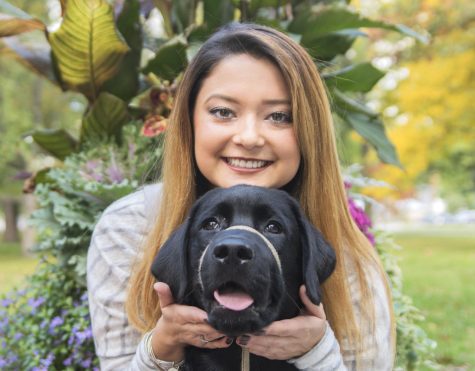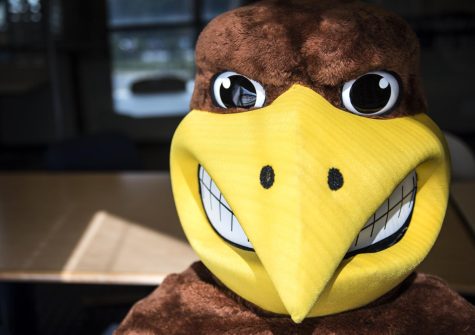Everyday tailoring basics
February 25, 2010
How to iron a shirt
What you need: iron, spray bottle, ironing board
1.) Plug in iron and let it heat up. Start by laying out the collar, the back of it facing up. Spray it so it’s damp and, once the iron is heated up, iron the back of the collar, working in from the edges. Hold the fabric taught to prevent even more wrinkles.
2.) Turn shirt over and iron the top side of the collar again, working in from the edges. If the shirt has cuffs, unbutton, spray and iron them.
3.) Lay out the sleeves and line up the seams and smooth the fabric flat. You will probably want to do this one sleeve at a time. Try not to make a crease while ironing. You want your sleeve to be a smooth cylinder.
4.) Place shirt face down on the ironing board. Spray and iron from the shoulders to the shirt tail.
5.) When finished with the back, spray and iron the right front panel, followed by the left. Be careful when you go in between buttons.
6.) Place the shirt on a hanger to let it cool down.
How to take in pants>
What you need: sewing machine, tape measure, fabric marker, pins, a small pair of scissors, a bobbin and thread (make it heavy duty when working with denim).
1.) You’ll want to put the darts, or folds in your pants, in the back so they are less noticeable. For example, if you’re taking in two inches, you will make two one-inch darts. Measure the amount you need to take in and mark them on the outside and the inside.
2.) On the first dart, fold the pants so the two outside marks touch. Pin the fold together far enough away from the marks so you can sew. You will be sewing on an angle. This helps round out the pants so it’s made for a human shape and not a square.
3.) Now it’s time to sew. The inside marks you made should be showing. Begin from your first mark. Put the pants under the foot of the sewing machine. Sew forward and then backward and then forward again so you won’t have to tie the thread off at the end.
4.) Repeat step three.
How to sew
on a button
What you need: Thread to match the color on your garment and a needle.
1.) Measure out about 16 inches of thread and thread the needle. A commonly used technique to make threading the needle easier is wetting the thread with your tongue or water before putting it through the needle. This makes it stick together so it slides easily through the eye of the needle.
2.) Fold the thread in half and tie a knot at the end. You’ll have six or seven inches of thread to work with. You might only need four inches, but you always want more thread than you need.
3.) Mark where you’re going to put your button, and make sure it lines up with the corresponding button hole and the other buttons.
4.) Hold the button tightly against the fabric as you make your first stitch. Start sewing from the back, where you won’t be able to see the knot. Bring your needle through the right hole in the button. Try to keep as close to the center as you can.
5.) Stick the needle through the left hole in the button. Some people put a toothpick down the center to keep from sewing too tight.
6.) Repeat the stitch about 10 times. Make sure you have enough thread to tie a knot and tie it off.
7.) Before trimming, thread your needle through the stitches on the back of your piece of clothing, this will keep your thread taught and help prevent it from fraying.
8.) Trim the excess thread.
Contact features reporter Allison Smith at [email protected].























